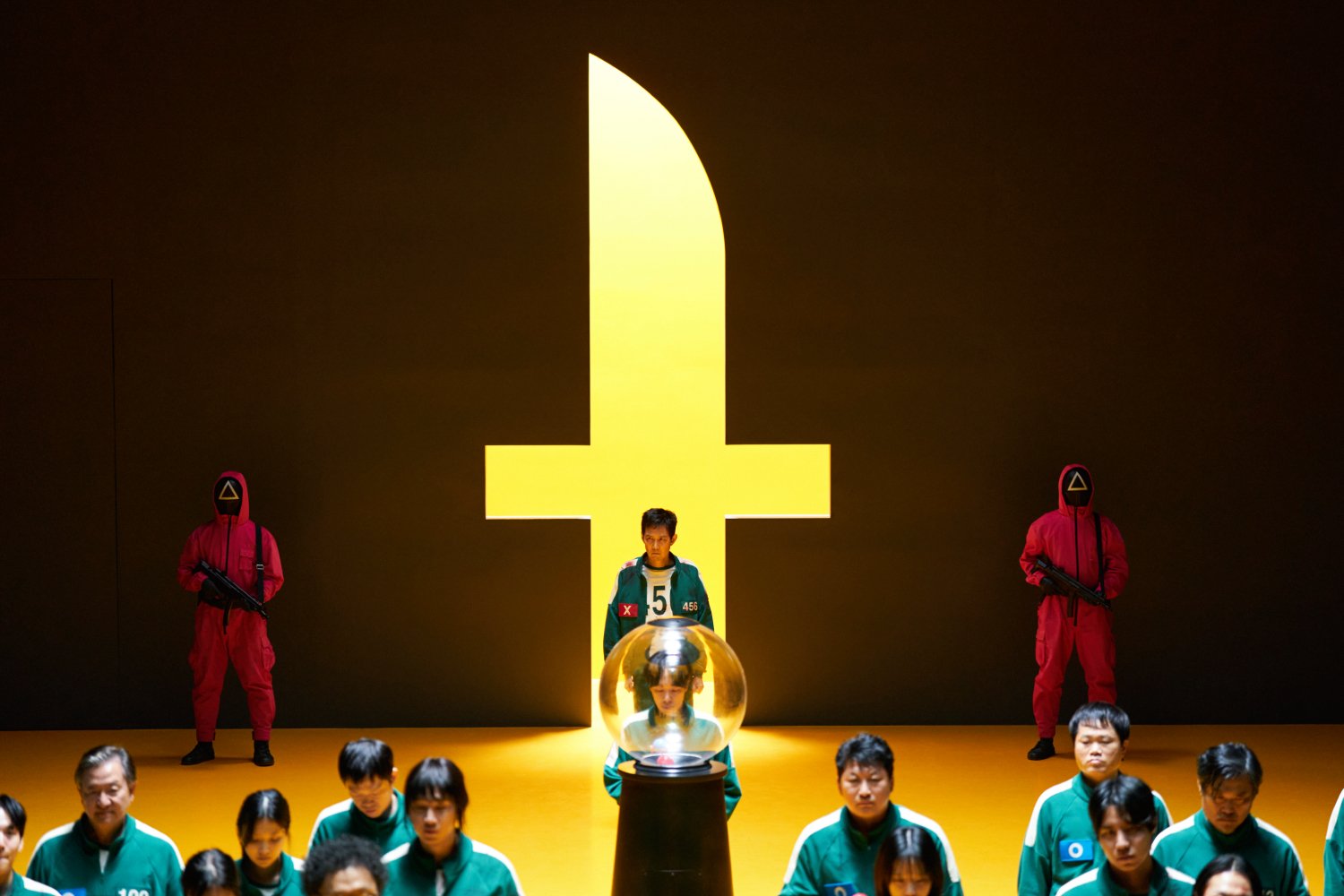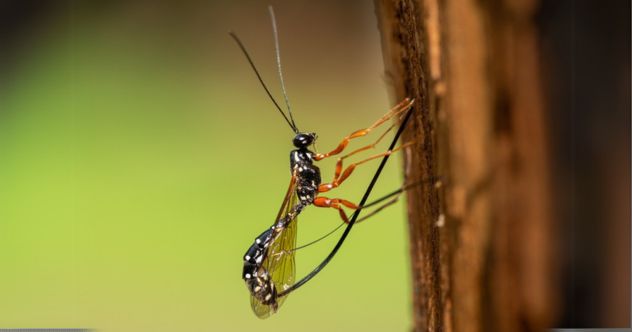The discovery of extraterrestrial life would be the greatest scientific achievement in history. While lots of science and technology exist that’s crazier in technical terms, finding life has the grandest existential implications.
Right now, the best place to find it is Mars. In fact, there are plenty of intriguing life signs and promising environments for past or even present life forms. One idea presents the possibility that we’ve even already discovered and killed Martian organisms, way back in the 1970s. Overall, we should be appreciative, if not massively excited, that the discovery of alien life could happen, well, tomorrow. And if life exists on Mars, it must exist in many other places, including on some planets or moons where it may have become intelligent and formed civilizations.
So let’s thank Mars for the mind-blowing existential implications proffered by the discoveries below.
Related: Top 10 Bizarre And Deadly Exoplanets
10 Life Could Currently Exist on the Surface of Mars
Most scenarios include finding the signs of ancient life, like chemicals or a nice fossil in a rock. But there’s a possibility that life exists on Mars today, and not deep within a cave or somewhere inaccessible.
Instead, life could be thriving in pockets of meltwater on the surface of Mars. On Earth, similar meltwater pools are full of living things, including fungi and cyanobacteria.
Mars’ water ice fell as snow millions of years ago, mixed with dust. The snow solidified into dusty ice, and the dust grains absorb heat because they’re darker. This heat melts a bit of water a few feet under the surface of the ice, potentially creating a habitable environment. Additionally, enough sunlight penetrates to allow photosynthesis to occur down to a depth of 10 feet (3 meters) below the ice.[1]
9 Maybe We Found Martian Life and Accidentally Killed It
We’ve been exploring Mars for over 50 years, courtesy of the Viking landers launched in the mid-1970s. These landers performed some very tantalizing life detection experiments… that came up positive! Well, some of them did, but not all. Though confusing and intriguing, the consensus was that no life had been discovered.
But another possible scenario is much more mind-blowing and depressing: We did discover life and promptly killed it. As a result, some tests showed a negative. It makes theoretical sense, as any organisms on Mars would be adapted to a very dry way of life.
Since the Viking landers performed experiments that added water to the desiccated Martian dirt, this may have drowned any dry-adapted organisms that may have been present.
Additionally, the experiments heated up a Martian sample to check for organic compounds, which again could have killed certain organisms that may have just been minding their own business until we came along. Ultimately, our future searches for Martian life must also ensure we don’t accidentally kill it.[2]
8 Mars Was a Habitable “Vacation-Style” Paradise
Mars wasn’t just habitable but a prime vacation spot akin to Earth’s beach-iest paradises. Unfortunately for future spacefarers, Mars’ idyllic beach-beauty is several billion years in the past.
So says China’s Zhurong Mars rover, which had a short but fruitful life because it revealed our red neighbor’s ancient shorelines, sandy beaches, and lapping waves. In its one year of operation, Zhurong (named after the Chinese god of fire) traveled 1.2 miles (1.9 km) to detect underground beach deposits at the site of a long-gone ocean.
The new information helps paint a stunning Martian picture, showing the red planet with a massive ocean that still covered half its surface about 3.6 billion years ago. With waves and rivers carrying sediments, many materials mixed and bolstered the odds of Martian life.[3]
7 Mars Has Enough Underground Water to Cover Its Entire Surface
Even though Mars once had beach-y ocean idylls long ago, it’s still apparently a very wet planet… below the surface. In terms of being available, this hidden water is not; it’s locked away underground, too deep to tap.
So says recent research using seismic waves (created by “Mars-quakes”) to analyze the red planet’s interior. The amount of water in the Martian interior is actually mind-boggling. Our red neighbor hides enough water to fill its empty, ancient oceans. It has enough water to cover the entire planet to a depth of about one mile (1.6 km).
Sadly, if you’re picturing a Journey to the Center of the Earth-style ocean, that’s not the case. The water resides within tiny rocky pores and cracks in the middle of the planet’s crust, at depths of 7 to 13 miles (11 to 21 km). Excitingly, if life existed on Mars, it could still be extant, feeding off this hidden water and protected from the harsh, airless surface.[4]
6 Scientists May Have Already Detected the Signs of Life on Mars
In the search for life on Mars, multiple mind-boggling scenarios exist. Including the scenario in which we’ve ALREADY detected life on Mars. This comes courtesy of NASA’s Perseverance, who (yes, we should consider it a person) found tantalizing “leopard spots” and “poppy seeds” on the red planet last year.
These things are suggestive of past Martian life, say multiple scientists. The leopard spots are just 0.04 inches (1 mm) in size, and the poppy seeds among them are even smaller. These dots, basically, are found in an ancient riverbed called Neretva Vallis.
This is one of the places where scientists were most hopeful of finding life, even before this leopard-y discovery. Plus, it doesn’t look like the features were created by abiotic (non-life) processes involving heat.
Finally, combined with the fact that analogous features on Earth are kickstarted by microbes, let’s keep our fingers crossed that this could herald the greatest scientific discovery yet.[5]
5 Perseverance Paints Pictures of a Warm, Wet, and Weird Mars
Some of the best discoveries happen accidentally or on a whim. Recently, Purdue professor and Mars expert Roger Wiens had the Perseverance rover shoot its laser at an oddly pale Martian rock—no, it wasn’t the type of sci-fi laser that shoots down Tie Fighters, but an exploratory science-advancing type of laser. The laser-assisted evidence points to a “warmer, wetter, and weirder” Mars than expected.
The rock had lots of aluminum associated with kaolinite. Kaolinite is a mineral that usually forms in very life-friendly environments, like in warm, rainy places or around hot springs and other hydrothermal areas.[6]
4 Let’s Look for Fat
We may be looking for the wrong signs of life; instead of looking for proteins, let’s look for fat! So says Georgetown geochemist Anais Roussel because amino acids aren’t great markers of life. They can form without life and are present in places like meteorites.
However, the lipid (fat) molecules found in cell membranes (a cell’s barrier) are a better indicator since they signal life. However, there’s a problem. Mars lost its protective atmosphere four billion years ago and has been bombarded by the heavy radiation from supernovas.
Sadly, it’s likely that these billions of years of supernova bombardment would have degraded any fatty life signs at the surface of Mars. To find Martian fossils, we may have to dig really deep below the red surface.[7]
3 Gale Crater (Lake) Would Have Been a Tourist Hotspot
The solar system is full of the wonders of the past, present, and future. One of the planet’s hottest tourist attractions (for any time-traveling spacefarers) would have been Gale Crater, the 95-mile (153-km) wide basin just south of the Martian equator.
Long ago, Gale Crater was a lake. And while it’s evident at a glance that cosmic climate change turned it into a barren desert, scientists now say that its water lasted far longer than anyone believed. How can anyone detect water stretching back to four billion years ago?
It affected other parts of the landscape, namely the sandstone rock. More interesting still, researchers aren’t sure exactly what type of water it was. It may have been brine, slush, or pressurized liquid, each with its own implications for life. Salt water, for example, has a lower freezing point than non-salt water.
Some say that Mars’ water was basically vaporized around four billion years ago—since the protective magnetic field and atmosphere disappeared. Yet it’s possible the water remained much longer. Perhaps it didn’t vanish until the late Hesperian, the age of Mars that lasted from 3.7 to 2.9 billion years ago, boosting the odds for biology emerging on our red neighbor.[8]
2 Mars Was a “Planet of Rivers”
If you want to find life, follow the rivers. Rivers are highly conducive to life because they sweep sediment and minerals across surfaces and into seas. So the discovery of ancient rivers on Mars is always exciting. And we’re not talking about just a few because a Penn State study has branded Mars as a “planet of rivers.”
The study included satellite data, images from the Curiosity rover, and 3D scans from down here on Earth. Altogether, these data suggest that common crater formations called bench-and-nose landscapes are the remains of ancient riverbeds.
Beforehand, these formations had not been associated with riparian causes, revealing that Mars was even wetter than previously hoped. With all its ancient (and current) water, every discovery seems to make it likelier that Mars was, or is, inhabited by at least some teeny-tiny things.[9]
1 Mars May Have Been Like Yellowstone
Yellowstone, America’s first national park, has rightfully gained global fame for its many diverse natural wonders. Especially its prismatic hot springs, which steam and bubble with multicolored activity.
But like those Maybelline commercials from the 90s, the springs weren’t born this fabulous. Instead, the colors develop and reflect the microbial communities currently living in these environs. Excitingly, it’s possible that similar communities existed on Mars billions of years ago when our red planetary sibling planet harbored hot springs of its own.
This potential life arose from destruction. Mars has been well-hit by comets and asteroids over its long career, and it took an especially brutal beating all those years ago. The biggest impacts (hundreds of miles across) from the ancient barrage created such intense heat that it could have turned the craters into hydrothermal springs.
What’s so special about springs? They provide nutrients, like the sulfur that keeps microbes alive (and smelly) at Yellowstone. On Mars, they could have offered a window of millions of years for some kind of life to take hold.[10]











